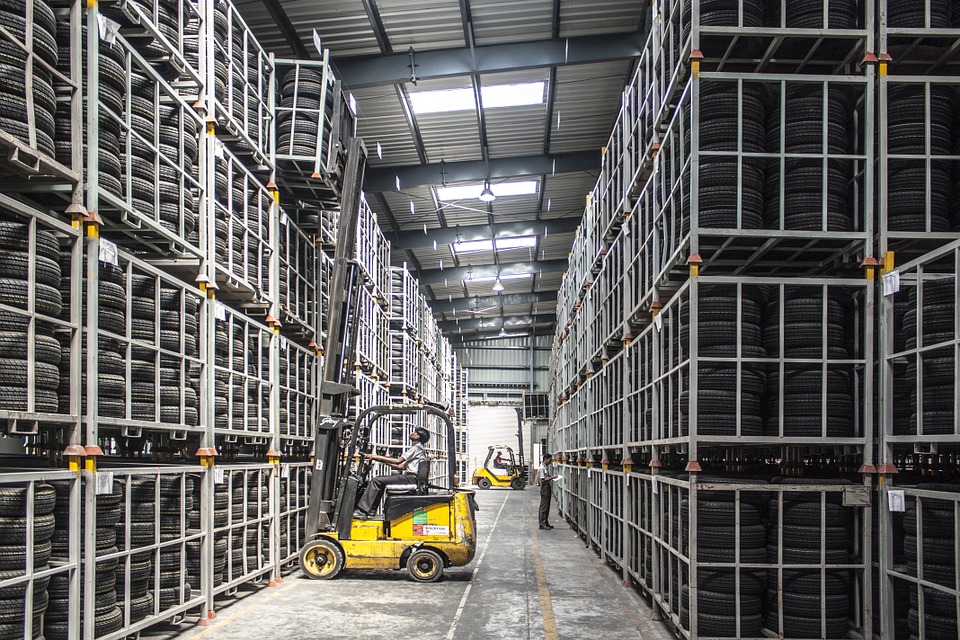A Guide to Increasing Productivity at a Manufacturing Company

Maximizing profits in manufacturing always requires an increase in productivity. In fact, productivity is often the focus of most managers and leaders in a manufacturing environment, for good reason. But, there’s more to the story. High productivity in manufacturing requires continuous adjustments to systems and processes. This often includes strengthening standard operating procedures and constantly identifying opportunities to streamline key functions. There’s also the importance of having the right equipment and understanding best industry practices. Let’s delve deeper into how productivity is increased at a manufacturing company.
Assess and Improve the Workflow
Whether you choose to leverage the power of Lean Six Sigma principles, or simply analyze each step in the manufacturing process, improving workflow is an ongoing commitment. It’s not something that happens once a year – it’s a daily consideration that should include all employees. A true assessment of workflow includes looking at the different technologies used, the responsibilities of all employees, and what’s involved in each process. You must also exam the way in which everyone communicates to ensure details are not lost in translation. The key is to make adjustments and document any process changes, as well as how those changes affected productivity.
Document All Business Processes
One of the most important elements of improving productivity is making sure everyone is on the same page. To achieve this goal, you’ll need to document all business processes and ensure they are easily accessible by the entire team. Given the availability of many collaboration tools, it’s easy to make updates instantly and share new information with large groups. Written processes in manufacturing should detail everything that happens on the manufacturing floor and the responsibilities of each employee.
Provide Continuous Employee Training
Technologies and best practices in manufacturing are always changing. It’s one of the main reasons why it’s important to provide ongoing employee education. Training can be planned at whatever consistency is deemed necessary. While some training will take place off of the premises to gain specialized knowledge, you can use in-house training on processes to gather and incorporate feedback from any employees that have suggestions for process improvement.
Establish Clear Goals
Since it’s always easier to hit a clear target, it’s important to establish individual and team goals related to production. This means everyone should be familiar with all deadlines and understand their individual role in achieving desired outcomes. Just keep in mind that it’s important to establish realistic goals to avoid injuries and errors that often occur when trying to meet deadlines that are unrealistic and simply impossible. This is actually a costly mistake that can foster a dangerous work environment and increase the cost of workers’ compensation insurance. It’s a good idea to focus on quality initiatives and employee safety.
Foster a Collaborative Work Environment
Productivity in manufacturing requires effective collaboration because it’s critical that everyone work together with a common goal in mind. A cooperative work culture can contribute to a reduced amount of waste and more effective communication; both are elements of a productive manufacturing environment. Sometimes teambuilding activities can help you achieve a more collaborative work environment.
Integrate Efficient Machinery
There are constant innovations in machinery used in manufacturing. New technologies offer increased efficiency and agility, which results in a higher level of productivity. Integrating new and more efficient machinery may seem cost prohibited, but working out the numbers will often reveal an opportunity to increase profits in short order. There are some instances when adding new machinery is imperative to remaining competitive.
Promote Effective Time Management
As you may have observed, it’s easy for people to waste time at work. Sometimes it’s not intentional, but simply a lack of intention. Promoting effective time management is an important aspect of boosting productivity in manufacturing. In some instances, time is wasted because processes are not organized. Getting tools in order is a surefire way to raise productivity. Making drastic improvements requires you to examine the layout of supplies and machinery to identify where changes can be made to enhance the workflow and optimize efficiency.
















